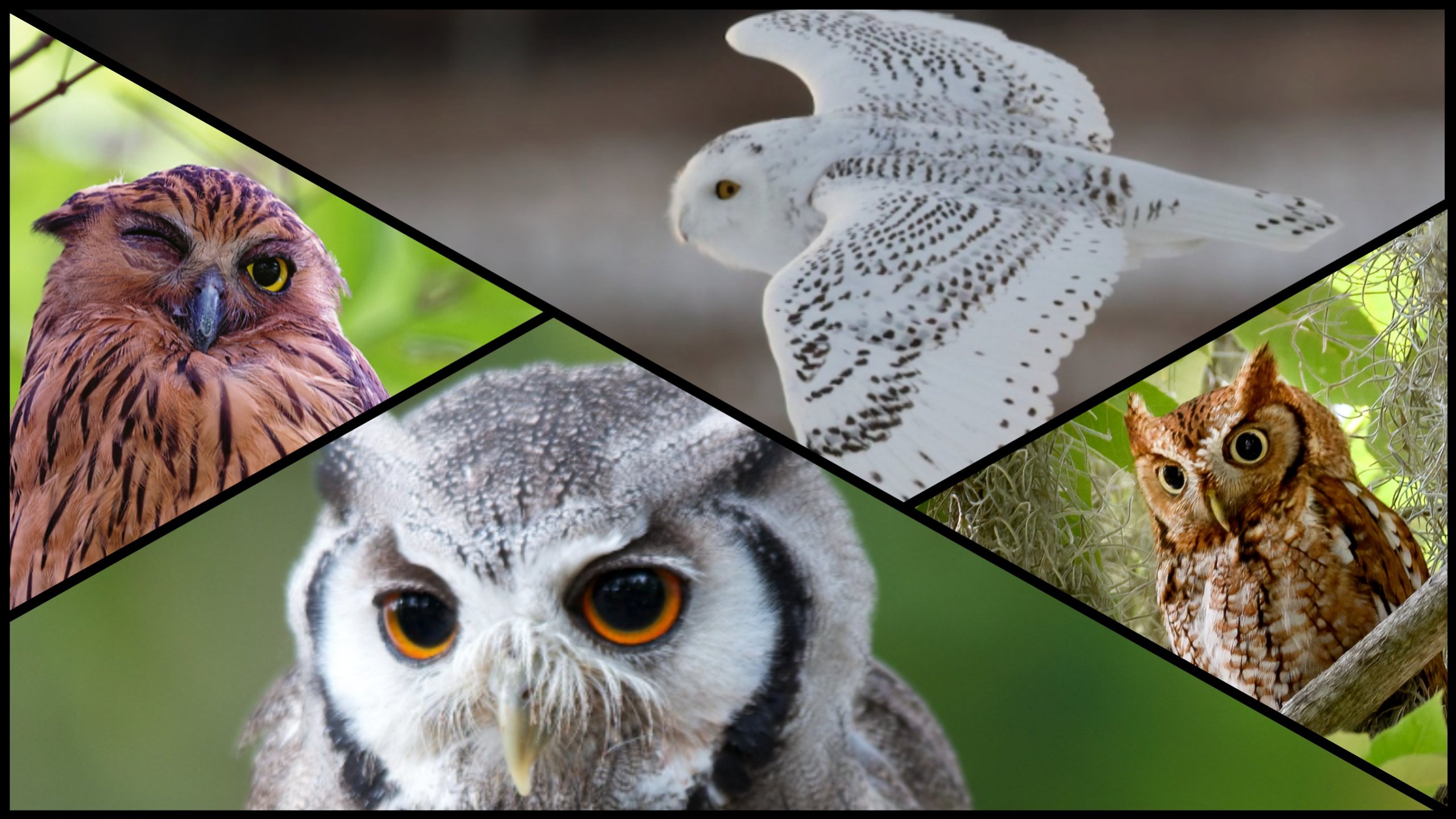
Superbowl
- Just the sunset, not an action movie


Photo by Mike Lentz
>Nestled high in a tree in a mixed woodland, a pair of Northern Saw Whet Owls made their home/ Their cozy nest hollowed out in a natural tree cavity held four eggs. The female incubated them diligently for approximately a month and then stayed on the nest for the first 18 days until she left for good leaving the father to continue feeding them. But experiencing the world beyond the nest beckoned as the Owlets grew restless, their instincts urging them to explore! Upon fledging, they stayed close to their nest for many weeks giving wonderful photo opportunities. This image was taken at the end of the day with the sunset going down through the trees in the background.
- Scruffy Screechies


From The Raptor Trust
>The hottest new band in town features these four Eastern Screech Owls. What's their band name? > >These Eastern Screech Owls are juveniles going through their molt into their adult plumage. They are fully grown, but feature some questionable feather- doos. They'll be with us for a few more months until they molt into their full adult plumage and learn how to hunt on their own.